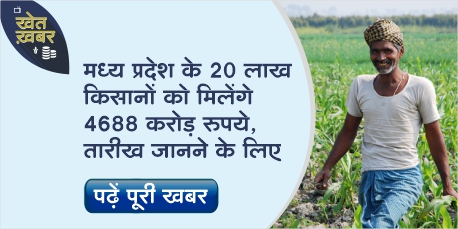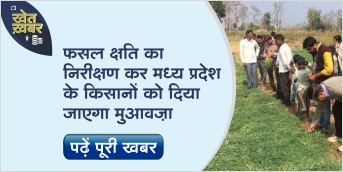Onion prices are running at Rs 450 per quintal at Indore’s Gautampura mandi and tomato prices at Rs 900 per quintal at Sendhwa mandi in Barwani district. The price of cabbage, cauliflower, brinjal, okra, and gourd in Sendhwa Mandi is running at Rs 900, 950, 900, 900, 750 per quintal respectively.
Talking about Khacharoud Mandi in Ujjain district, the prices of wheat, gram, and soybean are running at Rs 1550, 5151, 3550 per quintal respectively. Apart from this, the model rate of wheat in Ujjain’s Badnagar mandi is Rs 1880 per quintal, gram Rs 4301 per quintal, dollar gram Rs 6212 per quintal, peas Rs 6180 per quintal, fenugreek rupees 5599 per quintal, garlic Rs 7085 per quintal and soybean. The price is running at Rs 3680 per quintal.
Source: Kisan Samadhan
Share







